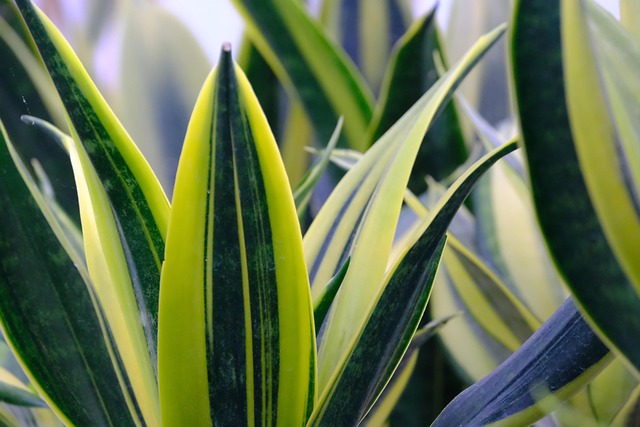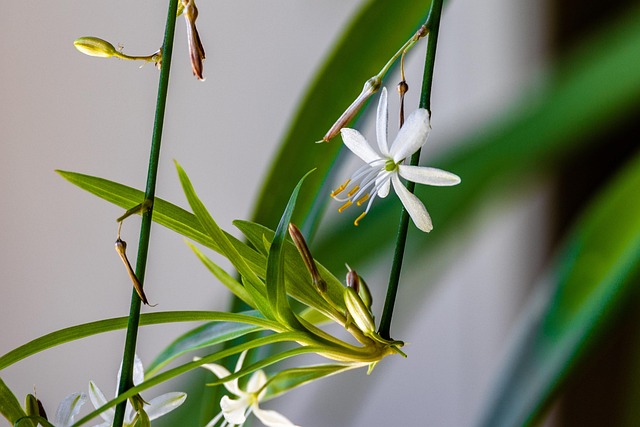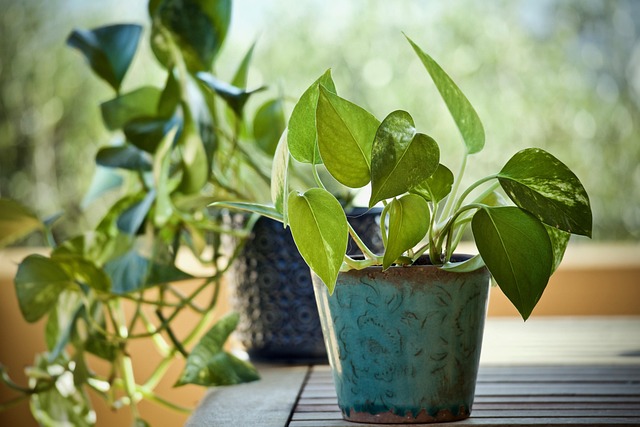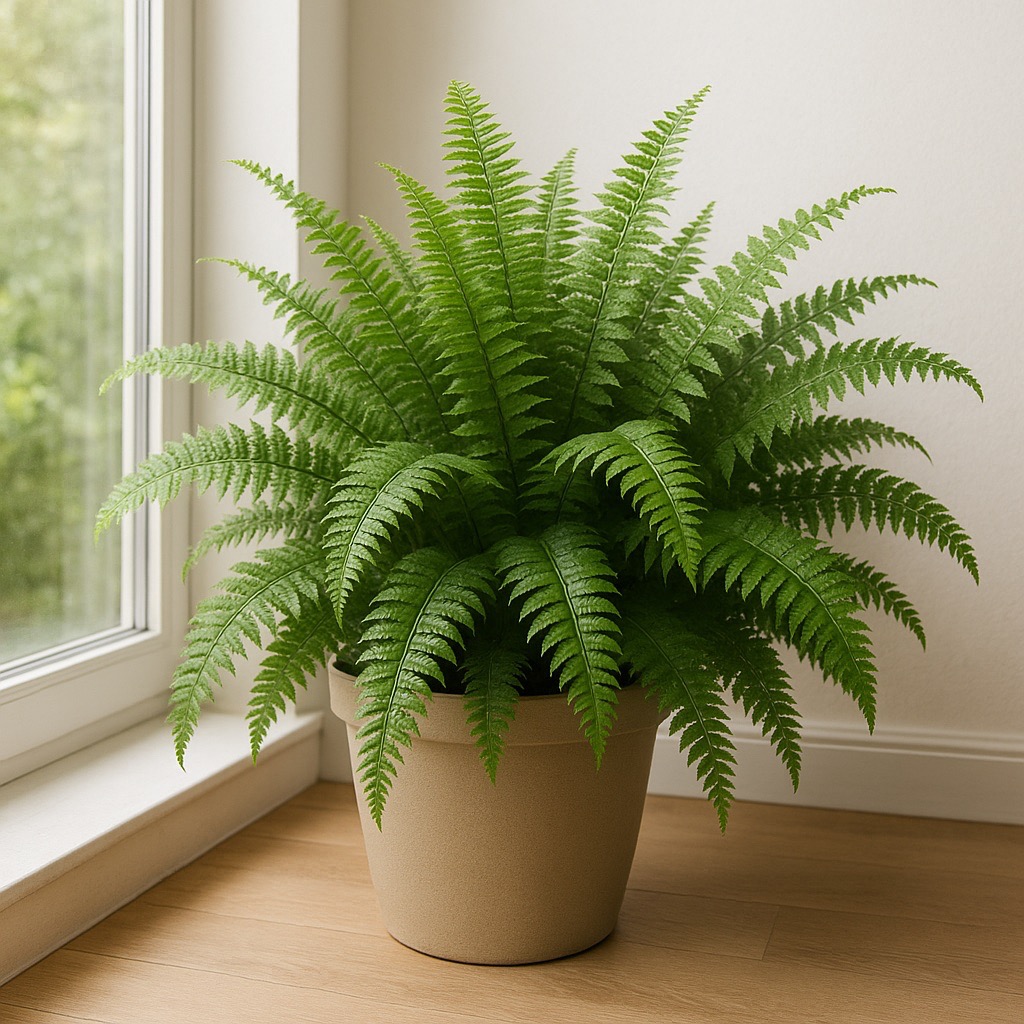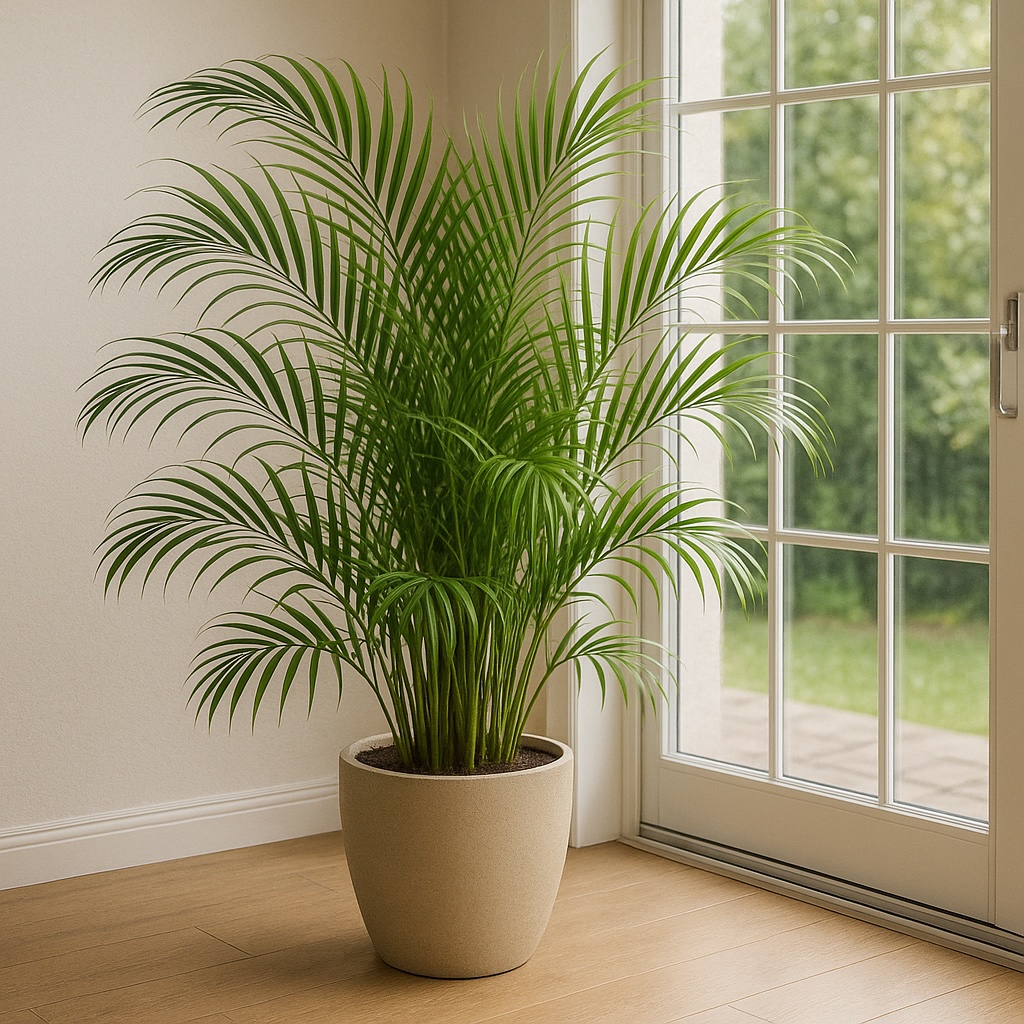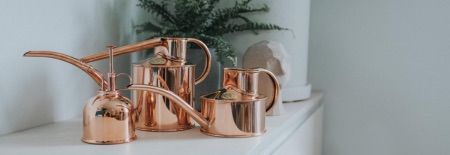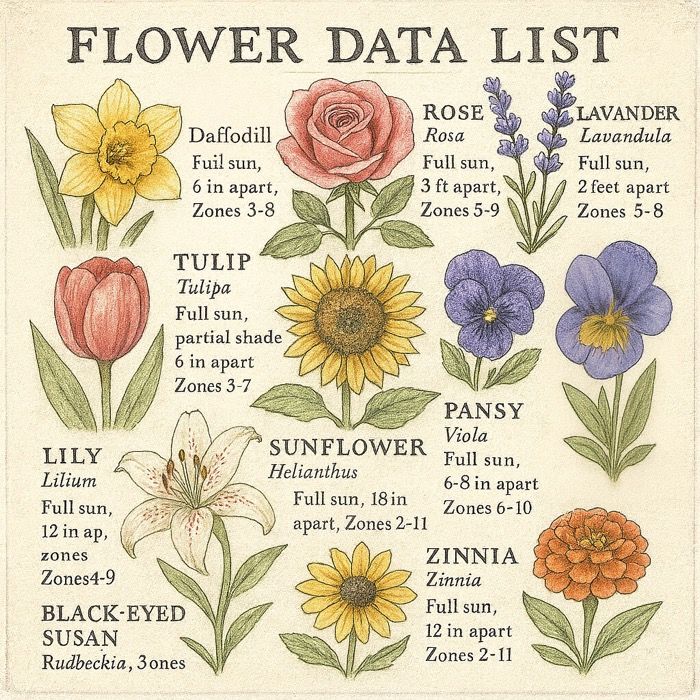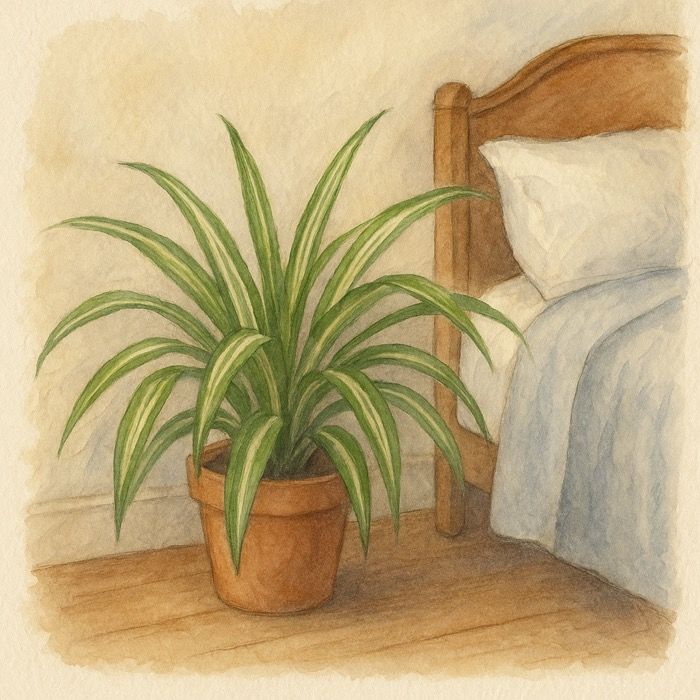Best Indoor Plants for Air Purification – Breathe Easy with These 7 Houseplants
Are you looking to freshen up your home while boosting your health? Indoor plants are more than just decor—they can purify the air by removing toxins and improving air quality. With the rise of health-conscious living, adding air-purifying plants to your space is a trending way to create a cleaner, greener home. In this guide, we’ll highlight the best indoor plants for air purification, backed by science, along with easy care tips and expert Master Gardener Tips to keep them thriving.
Why Indoor Plants Are Great for Air Purification
Indoor air can contain pollutants like benzene, formaldehyde, and volatile organic compounds (VOCs) from furniture, paint, or cleaning products. Certain houseplants act as natural air filters, absorbing these toxins while releasing oxygen. A 1989 NASA study first popularized this idea, showing that specific plants can significantly improve indoor air quality. Plus, plants add humidity, reduce stress, and make your space feel alive!
Here are the 7 best indoor plants for air purification, perfect for beginners and seasoned plant lovers alike.
1. Snake Plant (Sansevieria)
- Air Purification Benefits – Snake plants are powerhouse purifiers, removing toxins like benzene, formaldehyde, and xylene. They’re unique for releasing oxygen at night, making them ideal for bedrooms.
- Why You’ll Love It – Nearly indestructible, thrives in low light, and requires minimal watering.
- Care Tips – Water every 2–3 weeks when the soil feels dry. Place in low to bright indirect light. Avoid overwatering to prevent root rot.
- Pro Tip – Choose a variegated variety like ‘Laurentii’ for a pop of color.
- Master Gardener Tip – To boost air purification, plant snake plants in well-draining soil mixed with perlite to enhance root aeration, ensuring optimal toxin absorption.
2. Peace Lily (Spathiphyllum)
- Air Purification Benefits – Excels at removing ammonia, benzene, and formaldehyde. It also adds humidity, perfect for dry indoor spaces.
- Why You’ll Love It – Its glossy leaves and elegant white blooms add beauty to any room.
- Care Tips – Keep in low to medium indirect light. Water when the soil is dry or when leaves start to droop (it’s dramatic!). Mist occasionally to boost humidity.
- Pro Tip – Wipe leaves with a damp cloth to keep them dust-free and efficient at air cleaning.
- Master Gardener Tip – Feed with a diluted liquid fertilizer (20-20-20) every 6 weeks during spring and summer to promote lush foliage and maximize air-purifying efficiency.
3. Spider Plant (Chlorophytum comosum)
- Air Purification Benefits – Effective at removing formaldehyde and xylene, making it a great choice for kitchens or bathrooms.
- Why You’ll Love It – Easy to grow, with arching leaves and baby “spiderettes” that can be propagated.
- Care Tips – Place in bright, indirect light but tolerates low light. Water weekly, keeping soil slightly moist but not soggy.
- Pro Tip – Propagate spiderettes by placing them in soil while still attached to the parent plant.
- Master Gardener Tip – Use a pot with drainage holes and a peat-free potting mix to prevent root rot, ensuring the plant’s longevity and air-cleaning performance.
4. Pothos (Epipremnum aureum)
- Air Purification Benefits – Removes benzene, formaldehyde, and carbon monoxide, ideal for homes with new furniture or paint.
- Why You’ll Love It – Its trailing vines and heart-shaped leaves are low-maintenance and versatile for shelves or hanging baskets.
- Care Tips – Thrives in low to bright indirect light. Water every 1–2 weeks when the top inch of soil is dry.
- Pro Tip – Trim long vines to encourage bushier growth and propagate cuttings in water.
- Master Gardener Tip – Rotate the pot every few weeks to ensure even light exposure, promoting balanced growth and consistent air purification across all leaves.
5. English Ivy (Hedera helix)
- Air Purification Benefits – Excellent at reducing mold spores and benzene, making it a top pick for bathrooms or damp areas.
- Why You’ll Love It – Its cascading vines create a lush, elegant look.
- Care Tips – Prefers bright, indirect light but tolerates low light. Keep soil consistently moist but not waterlogged.
- Pro Tip – Keep out of reach of pets, as English ivy is toxic if ingested.
- Master Gardener Tip – Prune regularly to maintain shape and encourage denser foliage, which increases the plant’s surface area for better mold and toxin removal.
6. Boston Fern (Nephrolepis exaltata)
- Air Purification Benefits – Removes formaldehyde and adds humidity, great for dry climates or winter months.
- Why You’ll Love It – Its feathery fronds bring a tropical vibe to any space.
- Care Tips – Needs bright, indirect light and high humidity. Mist daily or use a pebble tray. Water when the soil feels dry.
- Pro Tip – Trim brown fronds to keep it looking fresh and healthy.
- Master Gardener Tip – Place in a bathroom with a skylight or grow light to maintain high humidity and light levels, optimizing its air-purifying and humidifying benefits.
7. Areca Palm (Dypsis lutescens)
- Air Purification Benefits – Filters out benzene, formaldehyde, and trichloroethylene while acting as a natural humidifier.
- Why You’ll Love It – Its graceful, feathery fronds make a bold statement in larger spaces.
- Care Tips – Place in bright, indirect light. Water when the top inch of soil is dry, and mist occasionally.
- Pro Tip – Dust the leaves regularly to maintain their air-purifying efficiency.
- Master Gardener Tip – Use a well-draining potting mix with added sand or perlite to mimic its tropical soil preferences, ensuring robust growth and maximum pollutant filtration.
How to Maximize Air Purification with Indoor Plants
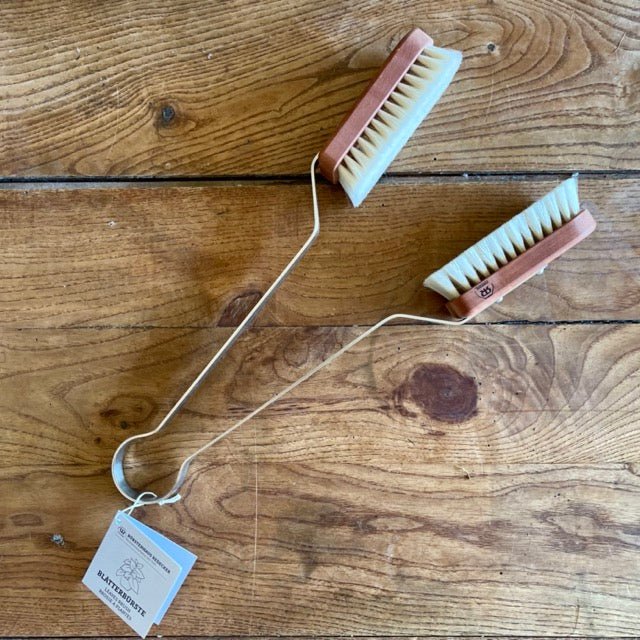
- Group Plants Together – Clustering plants increases humidity and enhances their air-cleaning power.
- Clean Leaves – Dust can block plants’ ability to purify air, so wipe leaves gently with a damp cloth.
- Choose the Right Spot – Match plants to your home’s light conditions (e.g., snake plants for low light, areca palms for bright spaces).
- Maintain Healthy Plants – Healthy plants purify air better, so follow care tips to avoid wilting or pests.
Why These Plants Are Trending
Indoor plants are booming in popularity, with searches for “air-purifying plants” spiking by over 30% in the past year (based on Google Trends data). People are drawn to their dual benefits – improving air quality and enhancing mental well-being. Unlike generic “indoor plants” topics, air purification is a niche that’s less saturated, making it easier for your blog to rank higher on search engines.
Frequently Asked Questions (FAQs)
Do air-purifying plants really work?
Yes, air-purifying plants can remove certain toxins like benzene and formaldehyde from indoor air, as shown in studies like NASA’s 1989 research. While they won’t replace an air purifier, they significantly improve air quality when healthy and properly maintained.
How many plants do I need to purify the air in a room?
NASA suggests 1–2 plants per 100 square feet for noticeable air purification. For a 200-square-foot room, try 2–4 plants like snake plants or peace lilies, placed strategically near pollutant sources (e.g., furniture or paint).
Are air-purifying plants safe for pets?
Some plants, like English ivy, are toxic to pets if ingested. Safe options include spider plants, areca palms, and Boston ferns. Always check ASPCA’s plant toxicity list before buying.
How often should I clean plant leaves for air purification?
Wipe leaves with a damp cloth every 1–2 months to remove dust, which can block the plant’s ability to filter toxins. For high-dust areas, clean monthly.
Can air-purifying plants help with allergies?
Yes, plants like English ivy can reduce mold spores, which may help with allergies. Boston ferns and areca palms also add humidity, easing dry nasal passages. However, overwatering can promote mold, so follow care tips.
Final Thoughts
Adding these air-purifying plants to your home is a simple, stylish way to breathe cleaner air and embrace health-conscious living. Start with a low-maintenance option like the snake plant or pothos if you’re a beginner, or go bold with a Boston fern or areca palm for a statement piece. Which plant will you try first? Share your thoughts in the comments, and let us know how your indoor jungle grows!
Want more plant care tips? Check out our guide on How to Care for Indoor Plants for Beginners for easy ways to keep your greenery thriving!

